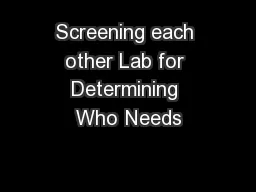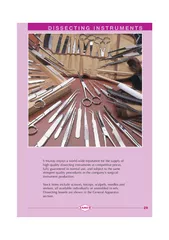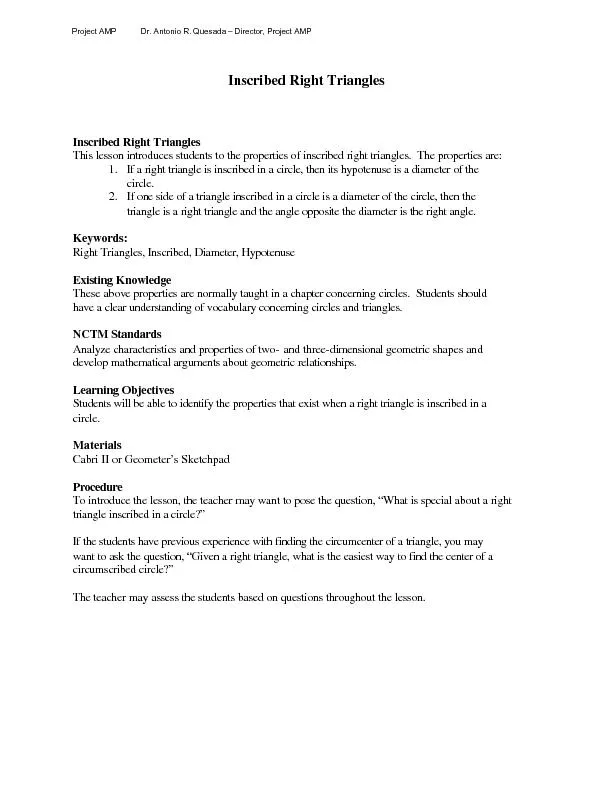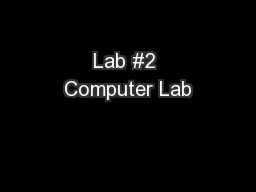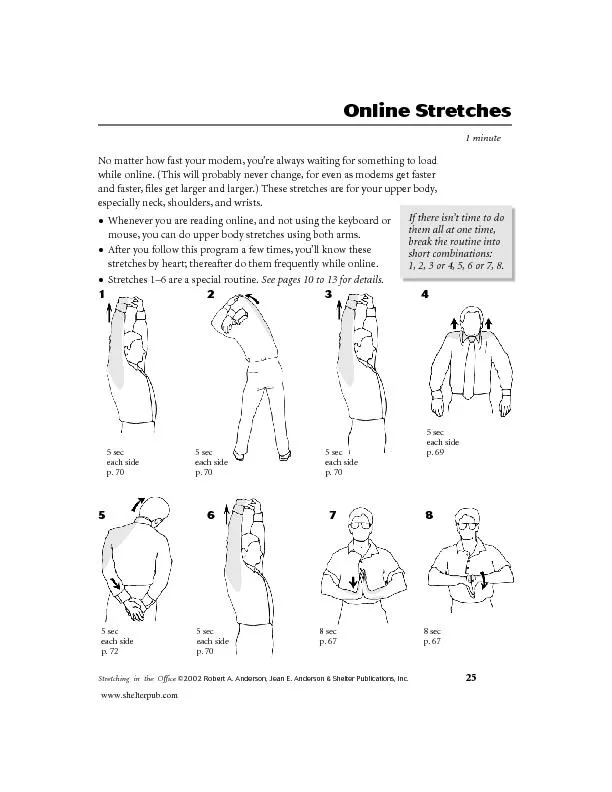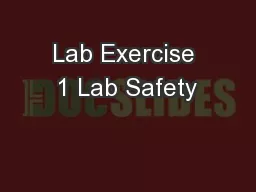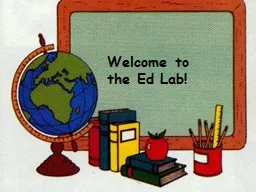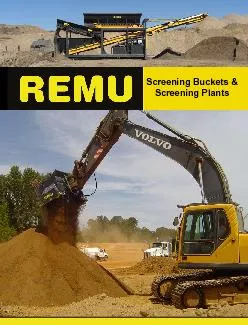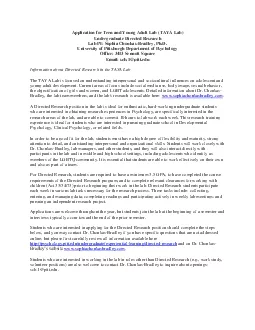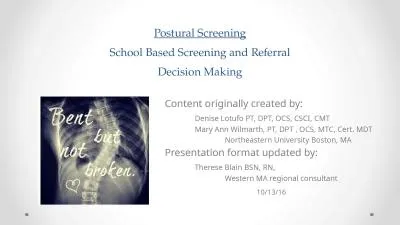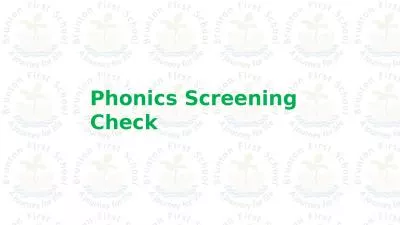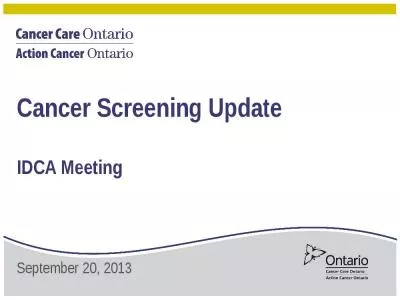PPT-Screening each other Lab for Determining Who Needs
Author : elitered | Published Date : 2020-06-17
Myofunctional Therapy All patient images are to be used for educational purposes and by the AOMT only To protect the privacy of the people who are featured in the
Presentation Embed Code
Download Presentation
Download Presentation The PPT/PDF document "Screening each other Lab for Determining..." is the property of its rightful owner. Permission is granted to download and print the materials on this website for personal, non-commercial use only, and to display it on your personal computer provided you do not modify the materials and that you retain all copyright notices contained in the materials. By downloading content from our website, you accept the terms of this agreement.
Screening each other Lab for Determining Who Needs: Transcript
Download Rules Of Document
"Screening each other Lab for Determining Who Needs"The content belongs to its owner. You may download and print it for personal use, without modification, and keep all copyright notices. By downloading, you agree to these terms.
Related Documents

